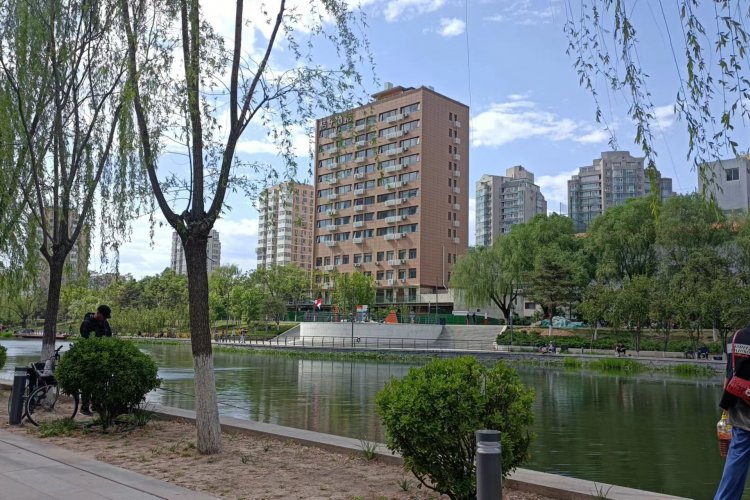Particularly Bad: A Look at PM 2.5 Pollution
Beijing’s announcement that it will begin releasing hourly PM2.5 readings of the city’s pollution on January 23 is certainly good news, but the fervent response from newspapers and blogs seem a bit premature. We’ll get excited when Beijing begins reducing the pollution, not just telling us about it. If all the talk concerning PM 10 and 2.5, particulates and microns has you scratching your head, we’ve laid it out in our January Ecology feature.
Want an idea of how small these particles are that everyone talks about? PM10 refers to particulate matter with a diameter of 10 microns or less. These particulates primarily include dirt and dust created by construction or factories. PM2.5 refers to particulate matter with a diameter of 2.5 microns or less. These particulates originate primarily from combustion sources (i.e. emissions from motor vehicles, wood and coal burning, etc.).
Suspendable particles (ones that can hang in the air) are nearly half the width of a human hair, while PM10 particles are small enough to be inhaled into the lungs, and PM2.5 particles are small enough to get absorbed into the bloodstream. Long-term exposure risks to PM2.5 particulates include cancer and heart disease.
Click here to see the January issue of the Beijinger in full.
Related stories :
Comments
New comments are displayed first.Comments
![]() dantian
Submitted by Guest on Tue, 02/28/2012 - 12:36 Permalink
dantian
Submitted by Guest on Tue, 02/28/2012 - 12:36 Permalink
Re: Particularly Bad: A Look at PM 2.5 Pollution
Hi,
I'm wondering how long it would take for the body to clean up itself if get to the Alpes in Swizerland.
Thank you.
Éric.
![]() maxwu
Submitted by Guest on Mon, 01/16/2012 - 13:16 Permalink
maxwu
Submitted by Guest on Mon, 01/16/2012 - 13:16 Permalink
Re: Particularly Bad: A Look at PM 2.5 Pollution
http://weibo.com/u/2516831703 would be their offical Weibo acount, if you have weibo just "like" them and you will get the data everyday.
![]() admin
Submitted by Guest on Mon, 01/16/2012 - 12:59 Permalink
admin
Submitted by Guest on Mon, 01/16/2012 - 12:59 Permalink
Re: Particularly Bad: A Look at PM 2.5 Pollution
so where do we go to find the figures? I know the chinese media is aflutter with discussion of where we can see these readings.
![]() admin
Submitted by Guest on Mon, 01/16/2012 - 12:50 Permalink
admin
Submitted by Guest on Mon, 01/16/2012 - 12:50 Permalink
Re: Particularly Bad: A Look at PM 2.5 Pollution
who knew Madagascar was so polluted?
Validate your mobile phone number to post comments.


